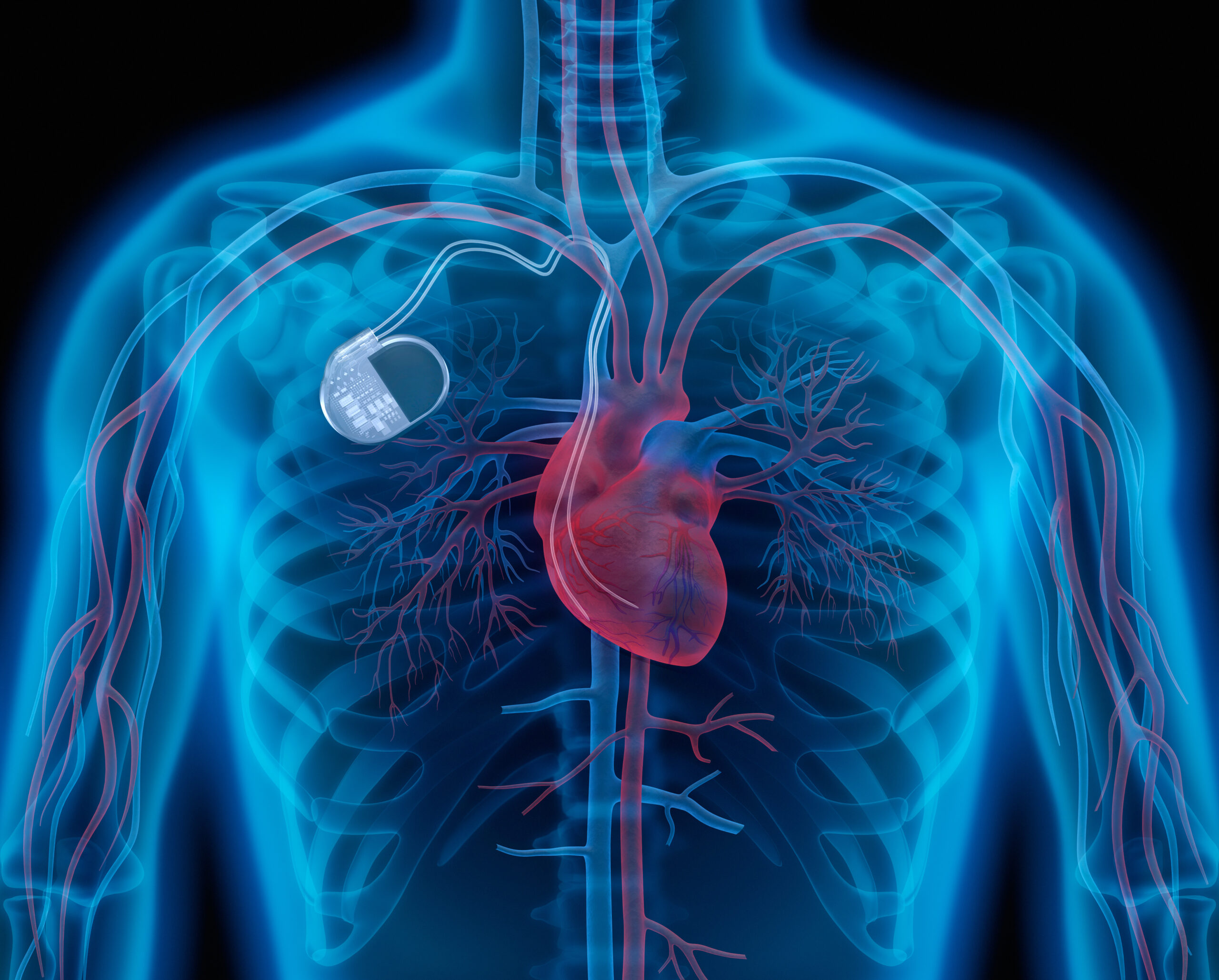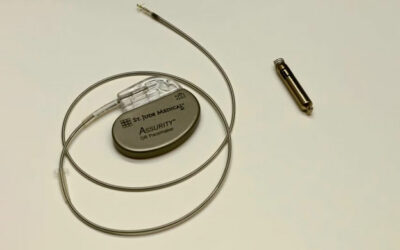You suffer from severe heart failure and have read that a so-called CRT pacemaker can help. Now you wonder for you is suitable and would help? CRT stands for “cardiac resynchronization therapy.” It is a small pacemaker that controls and stimulates both chambers of the heart, as opposed to a regular pacemaker that stimulates only one chamber of the heart. Those who have a CRT pacemaker also take pills.
Discuss with me whether a CRT pacemaker is right for you.
How does a CRT pacemaker work?
In severe heart failure, the pacing signals may not reach both chambers of the heart at the same time. As a result, both chambers of the heart do not contract at the same moment and, as a result, the heart pumps too little, i.e., weaker, blood to the body. The CRT pacemaker would cause both chambers of the heart to beat at the same time (stimulate) and in this way increase the pumping power of the heart again.
Very good studies prove its effectiveness:
- increased life expectancy compared to patients taking medication only
- reduced number of hospital stays
- Reduced symptoms (less shortness of breath)
- Increased exercise tolerance
- Increased quality of life for patient
For whom is a CRT pacemaker suitable?
A CRT pacemaker is not suitable for everyone. The signal transmission in the heart is crucial! Basically, the more impaired the signal transmission is and the greater the difference between the two heart chambers, the more likely you are to benefit from a CRT pacemaker.However, if signal transmission is barely impaired, you will not benefit from a CRT pacemaker. In this case, the device may even be harmful.
What difficulties can occur?
The insertion of a CRT pacemaker belongs in practiced hands. To stimulate the second ventricle, you need a lot of sensitivity, a steady hand and, above all, routine. Implanting a CRT pacemaker can quickly become a challenge and require long operating times. Long operation times may also mean increased consumption of contrast medium and time of exposure to X-rays. In addition, there are the “normal” risks of surgery (bleeding, bruising, infection, inflammation, and more).
I have specialized in CRT pacemaker and CRT defibrillation implantation and will be happy to help you and, if necessary, in cooperation with your family doctor / cardiologist to make the right decision for you and take the time to explain the subject in detail.



